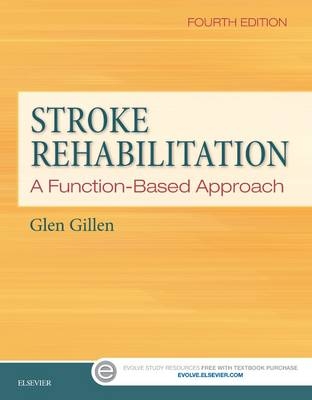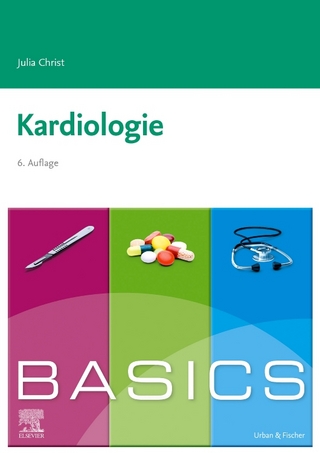
Stroke Rehabilitation
Mosby (Verlag)
978-0-323-17281-3 (ISBN)
- Titel erscheint in neuer Auflage
- Artikel merken
Evidence-based clinical trials and outcome studies clearly outline the basis for stroke interventions.
UNIQUE! Survivor's Perspectives help readers understand the stroke rehabilitation process from the client'' point-of-view.
UNIQUE! Case studies challenge readers to apply rehabilitation concepts to realistic scenarios.
UNIQUE! A multidisciplinary approach highlights discipline-specific distinctions in stroke rehabilitation among occupation and physical therapists, physicians, and speech-language pathologists.
Review questions in each chapter help readers assess their understanding of rehabilitation concepts.
Key terms and chapter objectives at the beginning of each chapter help readers study more efficiently.
Three new chapters broaden your understanding of stroke intervention in the areas of Using Technology to Improve Limb Function, Managing Speech and Language Deficits after Stroke, and Parenting after Stroke.
Learning activities and interactive references on a companion Evolve Resources website help you review textbook content and locate additional information.
Part I: Foundations of Stroke Rehabilitation 1. Pathophysiology, Medical Management and Acute Rehabilitation of Stroke Survivors 2. Improving Participation and Quality of Life through Occupation 3. Task-Oriented Approach to Stroke Rehabilitation 4. Activity-Based Intervention in Stroke Rehabilitation 5. Client Centeredness: A Survivor's Perspective
Part 2: Maximizing Participation in Everyday Activities 6. Enhancing Performance of Activities of Daily Living 7. Activities of Daily Living Adaptations: Managing the Environment with One-Handed Techniques 8. Functional Mobility 9. Gait Awareness 10. Return to Work 11. Driving and Community Mobility as an Instrumental Activity of Daily Living 12. Parenting after Stroke 13. Sexual Function and Intimacy 14. Leisure Participation after Stroke 15. Caregivers and Caregiving
Part 3: Maximizing Outcomes for Specific Problem Areas Following Stroke 16. Psychological Aspects of Stroke Rehabilitation 17. Approaches to Motor Control Dysfunction: An Evidence-Based Review 18. Trunk Control: Supporting Functional Independence 19. Overview of Balance Impairments: Functional Implications 20. Vestibular Rehabilitation and Stroke 21. Upper Extremity Function and Management 22. Rehabilitation Technologies to Promote Upper Limb Recovery after Stroke 23. Edema Control 24. Splinting Applications 25. Managing Visual and Visuospatial Impairments to Optimize Function 26. Impact of Neurobehavioral Deficits on Activities of Daily Living 27. Treatment of Cognitive-Perceptual Deficits: A Function-Based Approach 28. Seating and Wheeled Mobility Prescription 29. Managing Speech and Language Deficits after Stroke 30. Dysphagia Management 31. Home Evaluation and Modifications
Electronic Chapters 32. How Therapists Think: Exploring Therapists' Reasoning When Working with Patients Who Have Cognitive and Perceptual Problems Following Stroke 33. A Survivor's Perspective II: Stroke
| Erscheint lt. Verlag | 28.9.2015 |
|---|---|
| Zusatzinfo | Approx. 750 illustrations; Illustrations |
| Verlagsort | St Louis |
| Sprache | englisch |
| Maße | 216 x 276 mm |
| Gewicht | 1790 g |
| Themenwelt | Medizinische Fachgebiete ► Innere Medizin ► Kardiologie / Angiologie |
| Medizin / Pharmazie ► Medizinische Fachgebiete ► Neurologie | |
| Medizin / Pharmazie ► Physiotherapie / Ergotherapie ► Rehabilitation | |
| ISBN-10 | 0-323-17281-4 / 0323172814 |
| ISBN-13 | 978-0-323-17281-3 / 9780323172813 |
| Zustand | Neuware |
| Haben Sie eine Frage zum Produkt? |
aus dem Bereich



